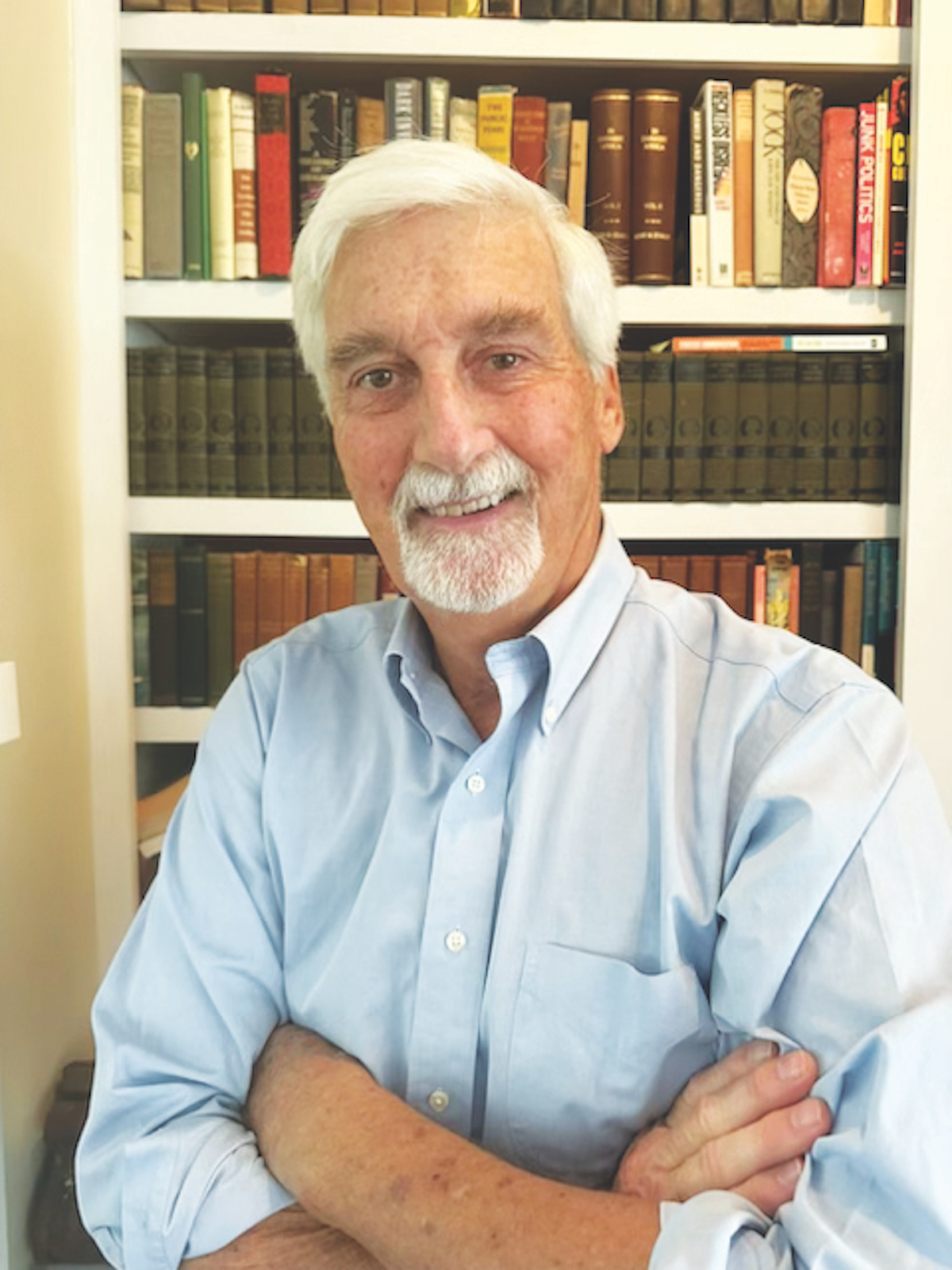By Bill Rauch
What do politicians talk about when they’re hobnobbing off the clock?
Lots of things of course, but a favorite is who or what will the voters vote for and why.
I happened to be a part of one such informal discussion last week when the topic turned to the proposed Beaufort County transportation penny sales tax referendum on November 6.
One of those there said: “With the president’s emphasis on infrastructure we ought to be able to get more federal money into the project. A fatter federal match would make it more palatable to the voters.”
My friend was talking about the six-laning of US 278 on to Hilton Head Island, although there are several other projects proposed to be on the November 6th list.
But 278’s the big one.
Costed out now at nearly a quarter billion dollars, the project that includes four new bridges would be funded by $120 million in South Carolina State Infrastructure Bank funds, $80 million from the pockets of Beaufort County’s shoppers in the form of penny sales tax receipts, $35 million in Federal Bridge Replacement funds, and with a couple of pinches of other smaller and more obscure millions sprinkled in.
My friend was right: the federal share by traditional standards did seem a little meagre.
More federal money into the funding package would be welcome, I thought, so when I got a chance I took a few minutes and looked up the President’s Legislative Outline for Rebuilding Infrastructure in America that was issued a month ago. On page four of the proposed new rules I found that the government’s top priority for awarding federal support is that the proposed improvement show evidence of applicants having secured and committed “new non-federal revenue to create sustainable, long-term funding for infrastructure investments.”
What is that? I wondered.
Reading on through the bureaucratese to page 22 under “Transportation Funding” Initiative #1 in italics I found the answer: Provide States Tolling Flexibility. There the president’s thinking is displayed clearly. He wants the Federal Government out of road and bridge-building except in a few special cases where its participation would be limited to twenty percent of the total cost of the improvement.
That’s in the ballpark of the federal contribution for the currently-proposed 278 package, so the current package — like it or not — has as much federal money in it as it is likely under the current circumstances to get.
Cutting back Federal spending … I get it. I like it.
But the president acknowledges lots of road and bridge-building is needed. Yes Sir! More and bigger vehicles on the roads all the time, no doubt about it.
So to stay up with the need The White House advocates that the states be empowered to place tolls on existing and new interstate highways, and on other existing Federal highways. And that they be empowered to use the revenues from those tolls to build whatever new roads and bridges they need.
States rights, local control … I get it. I like it.
There is also language that suggests private investors will be empowered to invest in roads. Maybe elsewhere, but after the Southern Connector debacle in Greenville, that’s probably a long-shot here.
Public-private partnerships, however … I get it. I like it.
But I’ll be voting YES on the November 6 initiative. Because if it fails, the next time the initiative comes around there’s a pretty good chance the proposal will include a SCDOT toll booth at the foot of the bridge we know today as The Graves Bridge.
And, speaking now as a guy who gets from place to place in a pick-up, I don’t much care for tolls thank you.
Bill Rauch was the mayor of Beaufort from 1999-2008. Email Bill at TheRauchReport@gmail.com.




